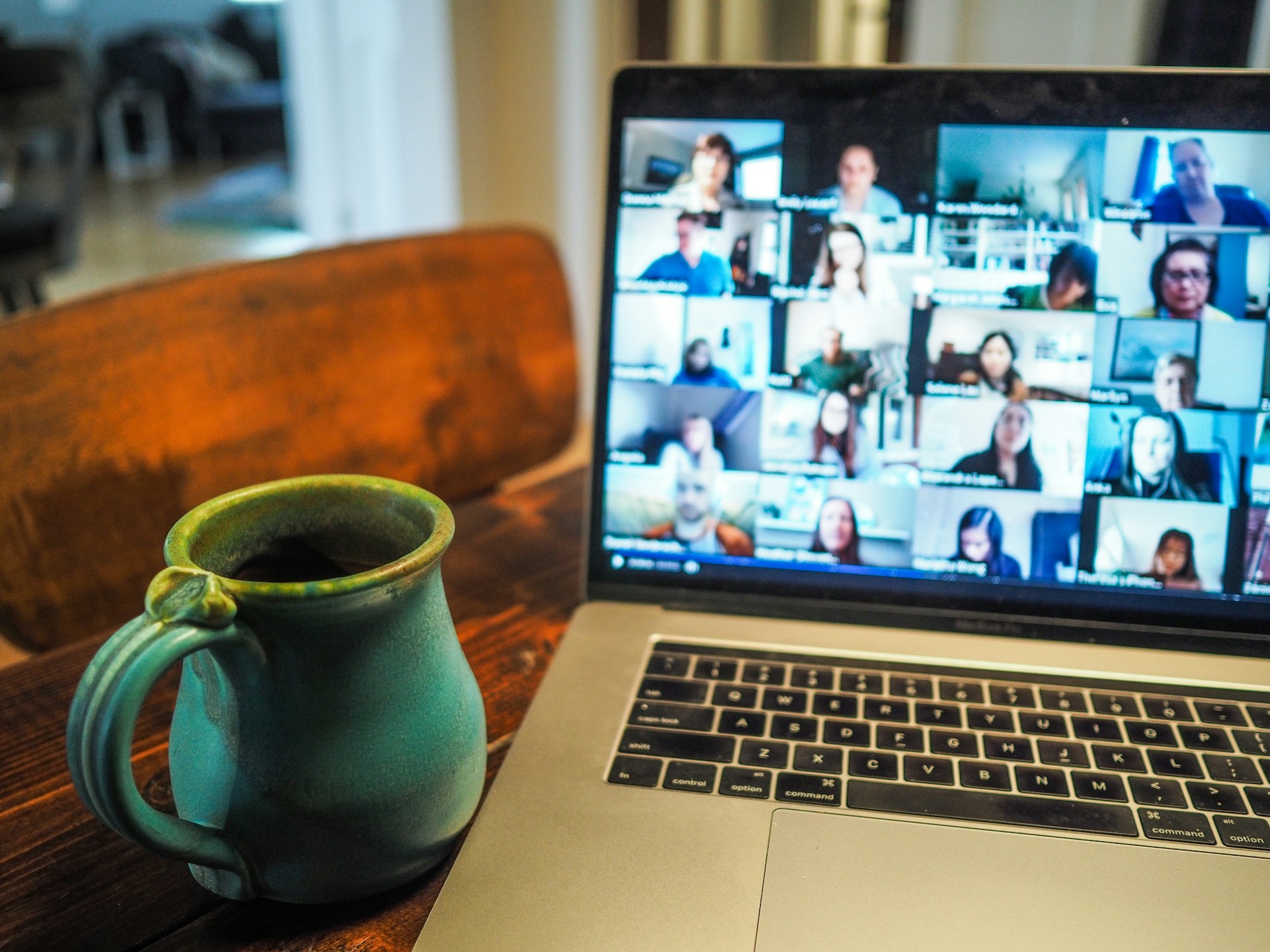When COVID-19 shut down offices in 2020, no one expected it to change the way we work forever. Millions of people packed up laptops, turned kitchen tables into desks, and learned how to mute themselves on Zoom. What started as a temporary adjustment became a permanent shift.
Now, five years later, the workplace looks nothing like it did before. Remote work, flexible hours, and digital collaboration are here to stay — and they’ve reshaped everything from office culture to mental health. The pandemic didn’t just change where we work. It changed how we think about work.
1. The Remote Work Revolution
Before 2020, only about 6% of Americans worked remotely full-time. During the pandemic, that number jumped to over 40%. While some companies have pushed for a return to the office, many found that remote work didn’t hurt productivity — it often improved it.
Major firms like Microsoft, Amazon, and Salesforce now offer hybrid models, where employees split time between home and office. Smaller businesses have followed suit, saving money on office space and expanding their talent pools beyond local areas.
The upside? Workers gained flexibility. The downside? The lines between work and home blurred. Many Americans say they now work longer hours, even if they spend fewer days in the office.
2. The Rise of the “Hybrid Office”
The office isn’t dead — it’s just changed. Instead of cubicles and time clocks, modern offices are now designed for collaboration and connection.
Employers are reimagining offices as spaces for meetings, brainstorming, and team-building — not for sitting behind a desk all day. Companies like Google and Meta have invested in flexible layouts, outdoor workspaces, and “quiet zones” for focused work.
Hybrid work also reshaped real estate. Downtown business districts once packed with commuters are adapting to fewer workers and more part-time use. Some office towers are even being converted into housing, a trend that’s expected to grow in cities like New York, San Francisco, and Chicago.
3. Mental Health Became a Workplace Issue
The pandemic forced a long-overdue conversation about mental health at work. Isolation, burnout, and anxiety became widespread during lockdowns — and employers had to take notice.
A 2023 survey from the American Psychological Association found that 81% of workers said they would prefer to work for companies that support mental health. As a result, many businesses introduced wellness programs, therapy benefits, and flexible schedules to help employees cope.
But the conversation isn’t over. Some workers feel companies still treat “wellness” like a buzzword instead of a commitment. The challenge now is to make mental health support a permanent, authentic part of workplace culture — not a temporary trend.
4. Technology Took Over — For Better and Worse
The pandemic made technology the backbone of work. Tools like Zoom, Slack, and Microsoft Teams became as essential as email. Automation and artificial intelligence also accelerated, changing everything from hiring to customer service.
This shift made remote work possible, but it also raised new problems:
- Surveillance tools that track productivity have blurred privacy lines.
- AI-driven hiring systems sometimes replicate bias.
- Cybersecurity threats increased as millions began working from home networks.
Technology made work more efficient — but it also made it more impersonal. The challenge now is using these tools without losing the human connection that makes teams thrive.
5. The “Great Resignation” and the Power Shift
One of the most surprising effects of the pandemic was how it changed workers’ attitudes. Millions of people reevaluated their priorities and quit jobs that didn’t pay enough or support their well-being. Economists called it the Great Resignation.
In 2021 alone, over 47 million Americans left their jobs. Many sought higher pay, better work-life balance, or a sense of purpose. Some started small businesses or joined the gig economy.
This worker-driven movement forced companies to raise wages, offer remote options, and rethink how they attract and keep talent. Power shifted — at least temporarily — toward employees. While the job market has cooled since then, workers are less willing than ever to settle for unfair treatment or low pay.
6. The New Normal: Flexibility and Trust
If one theme defines post-pandemic work, it’s flexibility. Workers now expect employers to trust them to get the job done — whether that’s in a cubicle, a coffee shop, or their living room.
Flexible hours, four-day workweeks, and location independence are no longer radical ideas. They’re becoming mainstream. A 2025 Gallup poll found that 82% of employees prefer hybrid or remote setups, and over half said they’d quit if forced back to the office full-time.
Trust is the foundation of this new era. The companies thriving today are the ones that treat employees like adults — focusing on results, not clock-watching.
7. The Human Side of Work
The pandemic reminded us that work is about people, not just productivity. When families juggled childcare, illness, and uncertainty, empathy became essential. Leaders who listened, adapted, and showed compassion earned loyalty that money can’t buy.
We learned that “essential workers” — the nurses, grocery clerks, and delivery drivers — keep the world running. Yet many of them are still underpaid and overworked. The pandemic exposed that inequality. The question now is whether we’ll fix it.





